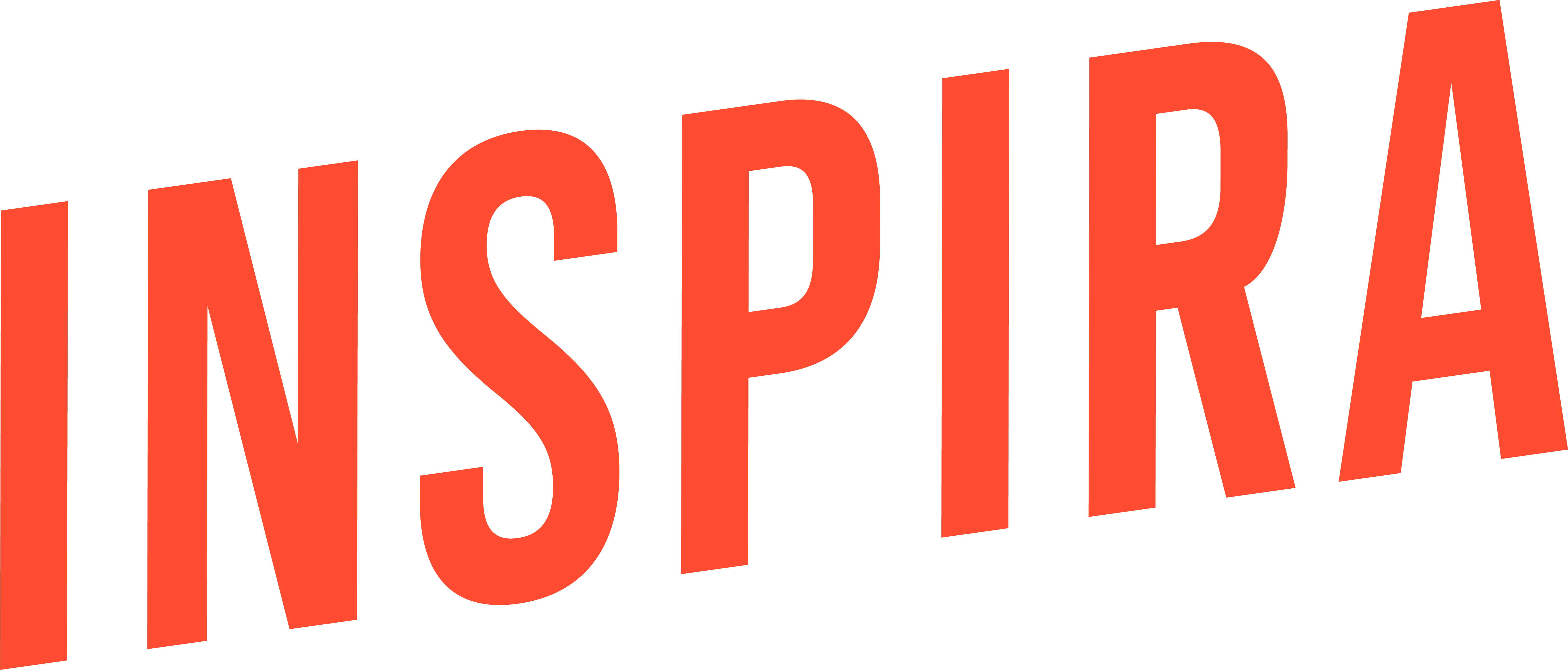Not all marketing strategies last the test of time. But that doesn’t mean you have to throw away years of experience for the shiniest new idea, either. Often it takes the smallest tweak to an existing strategy to make it modern, exciting, and most of all effective.
From here on out, we’re dropping the words “old” or “outdated,” because a tactic that goes out of style or proves to be less potent in the current environment can always get revamped into a marketing strategy that works great.
So instead, let’s call some marketing strategies “vintage” and their improved counterparts “updated.” No need for us to shame perfectly good techniques.
Combine Snail Mail with High-Speed Tech

The Vintage Method: Direct Mail Campaigns
Email was invented in 1971, but as anyone with an actual mailbox can tell you, direct mail campaigns are still huge. And they aren’t without merit, obviously, or people would have quit doing them.
But they can be updated to include the digital without tossing your entire direct mail apparatus.
The Updated Version: Adding QR Codes
If your direct mail campaigns are giving you proven results, there’s no need to abandon them. But you can juice their effectiveness by combining traditional “snail mail” with digital methods.
Your fliers, mailers, catalogs, and letters should come with a QR code that links to one of the following:
- Your website
- A video related to the content, offer, or product
- Video or text instructions on how to proceed
- An online newsletter signup page
- The store page of the product
- A digital coupon
- Your social media page
Combining tactile and digital marketing gives you the best of both worlds, increasing your reach without changing too much of your existing direct mail process.
Turn One-Way Marketing into Two-Way Conversations
.jpg?width=1280&height=739&name=pexels-pixabay-163007%20(1).jpg)
The Vintage Method: Broadcast Marketing
In the past, marketing was a one-way transmission. The print ad, the radio/TV commercial, the website banner ad, they all sent a message from Company to Consumer. Here’s the product, here’s your problem, here’s how the product solves your problem.
But in a social media-focused era of parasocial relationships, engagement, and community, the consumers are broadcasting back. And companies have to be prepared to listen to and engage with this audience if they want to make a dent.
The Updated Method: Have a Conversation with Your Audience
Not everyone has a full social media team, we get it, but the traditional one-way line from Company to Consumer isn’t sufficient.
First step is obviously establishing a strong social media presence, on the platforms your target audience will most likely be using. The second step is to share valuable content, the kind that sparks conversation. The third step is to listen to that conversation and respond to it, through your social media channels, online forums, or even with chatbots on your website.
Wherever you’re hearing feedback, that’s where you should be talking to your customers and your audience. And don’t just respond to positive feedback. A company that shows it will respond to negative feedback in a prompt and helpful manner will get better engagement, goodwill, and more followers.
Related Article: Think You're a Good Listener? Your Social Media Followers Might Disagree
Take Online Marketing into the Real World (and Vice-Versa)

The Vintage Method: Relying On the Internet Too Much
We realize it sounds silly to call anything involving online marketing “vintage,” but the truth is companies have been advertising on the internet for decades. In fact, 2024 marks the 30th anniversary of the first banner ad, which cost AT&T $30,000 for three months in 1994 and is widely considered the start of the digital marketing era.
And there’s denying the efficacy of online marketing: you’re reading it now. But it's easy to get too complacent. The truth is, we have to go outside sometimes.
The Updated Method: Integrating Digital and Real-World Marketing
Combining online and real-world marketing makes for a well-rounded approach. It links your online presence with actual experiences, creating a smoother and more memorable customer journey.
Events and pop-ups enhance your online efforts by giving people a hands-on experience, building an emotional connection you can’t always make through a screen. This synergy boosts visibility and engagement, catering to the different ways people like to connect with brands.
And of course, this advice works just as well in reverse.
If you’re most focused on experiential marketing (which is great) or in-person marketing, an online component to the activation will get more eyes and ears on your real-world event. Savvy brands use social media, email marketing, and online content to create pre-event buzz.
They also incorporate interactive technologies like AR/VR for an immersive experience.
Related Article: 6 Best Techniques for Tanking Your Live Event
Change is Good for You and Your Audience

Embracing change and innovation for our marketing strategies isn’t just important for staying relevant, or keeping those conversions up: it’s fun. It injects excitement not only into our audience, but into our teams, too.
Consumer preferences change, technology does too, and there’s no guarantee any marketing technique will work forever. The key will always be adaptability, and a willingness to try new strategies.
If you’re looking for help revamping your marketing campaigns, testing out new channels and methods, or just want to learn about alternative techniques, reach out to our team by clicking the button.
